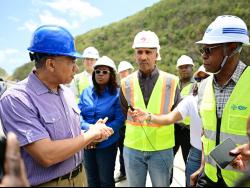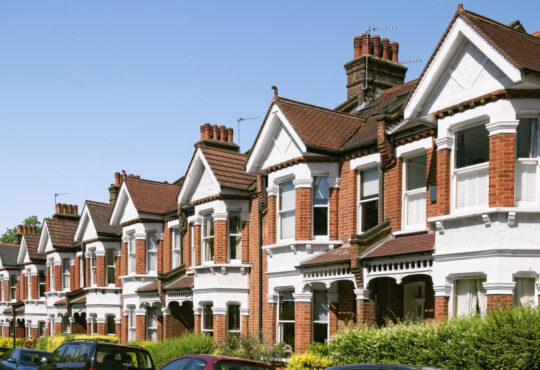
WITH MULTIPLE government-approved technical plans for road infrastructure, Jamaica is looking to collaborate with the European Union (EU) to help finance these projects and offer solutions to complete the tasks. These jobs are related to water and sanitation infrastructure, and are to be done in a way that causes the least amount of disruption to the existing population.
This was disclosed by Everton G. Hunter, chief executive officer of the National Works Agency (NWA), during a recent Caribbean Forum (CARIFORUM) – EU Economic Partnership Agreement (EPA) webinar on infrastructure and utilities opportunities in the Caribbean.
The webinar comes after the completion of a study titled ‘Infrastructure and Utilities in CARIFORUM’, which is the fourth in a series commissioned by the European Commission to educate people about the economic opportunities associated with the CARIFORUM-EU EPA, and to empower the EU private sector to cultivate business relationships in the region.
According to Hunter, there are several challenges which affect the road sector in Jamaica, such as traffic congestion, road maintenance backlogs, road-safety, climate-change, accessibility and funding.
He proposed that the most suitable areas of partnership included road and bridge construction, rehabilitation and maintenance, technology integration and climate-change and sustainability.
“More and more we’re finding out that for us it’s not the wide expanse or the long expanse of a road that is important, but the extent to which it is a smart road that it incorporates modern infrastructure and that it is sustainable,” he said.
Hunter pointed out that the government had already approved the technical plans to build by-pass roads, which would improve mobility, reduce fuel consumption and travel time, allow for the development of town centres, and help lessen the vulnerability of coastal erosion and flooding.
He noted that the NWA has identified a number of projects that are waiting to be financed. These include the dualisation of Grange Lane in Portmore, St Catherine, which is expected to cost J$1.2 billion; the rehabilitation of Spanish Town Road, which is estimated to cost J$11.03 billion; and the Sandy Bay/Hopewell Bypass, which is estimated to cost J$17.1 billion.
Hunter stated that there were several investment opportunities for financing such as multilateral and bilateral arrangements, public-private partnerships, blended/co-financing, the Jamaica Stock Exchange, direct investment, grants and technical assistance, and the Jamaica Social Stock Exchange.
“I think there are possibilities for collaboration with the European Union members, but it is going to be a smart intervention. We’re not gonna have these large expanses of construction where someone is gonna come in and construct a 500-kilometre road and tunnels and bridges,” he said.
He highlighted that one of the main challenges to be faced is “how do we convert the congested part of the city that is lacking in basic underground infrastructure to support growth and at the same time allow people to go about their normal business.
“So to the extent that our European partners can assist in that kind of smart technology and the smart intervention, [this] would be something that would be useful,” Hunter said.
Integrated approach
He emphasised that the integrated approach adopted by the government included the belief that it was not a sustainable strategy to isolate road infrastructure from water and sanitation infrastructure.
“In fact, over the years we’ve pursued what we consider to be sector participation. So there’s participation in the water sector … power sector… the road sector, [but] regrettably, there’s no place where they all come together,” he said.
“It has been our experience of late that the more integrated approach is the better approach and the more sustainable approach and so, our construction of roads will involve street lighting, water and sewerage, manholes, culverts and inlet drains, sidewalks and ramps, traffic lights, fibre optics to support cameras and broaden the broadband footprint, as well as fire hydrants,” he added.
International economic development specialist, Tamira La Cruz, pointed out that energy grids, water systems and road infrastructure were the Caribbean’s top-three infrastructural needs, adding that issues related to road infrastructure included maintenance, paving, mountainous roads and network expansion.
Reliable energy, accessibility, affordability, and grid upgrades were the problems facing energy grids and that under water there were difficulties with sanitation, wastewater treatment, accessibility, and non-revenue water.
“CARIFORUM countries are highly for about the climate-change, including rising sea levels, floods, stronger hurricanes, extreme heats which we’re feeling now. The situation is worsened because much of their economic livelihood, tourism, is concentrated in coastal areas,” she said.
La Cruz further outlined that some key business opportunities regionally consisted of investing – public, private partnerships; performance based contracts; and power purchase agreements, to sell or trade in products – such as materials and equipment and to provide services – such as consultations, engineering, maintenance or capacity building.






